The city is gearing up to rezone a 73-block stretch of Jerome Avenue in the Bronx, and politicians, activists, and members of local community boards spoke in frustrated tones last Thursday during the first public meeting on what promises to be one of the most controversial neighborhood plans of Mayor de Blasio’s time in office. Major players from the south and west Bronx offered opposing views on who should benefit from new housing and on whether Jerome’s hundreds of auto shops should remain.
Planners predict that rezoning Jerome Avenue could generate up to 3,250 apartments and 35,575 square feet of retail, while drawing as many as 9,250 new residents. Auto shops line much of Jerome, and redevelopment would displace roughly 146,000 square feet of auto shops, warehouses, and garages, according to analysis from the Department of City Planning. The current zoning along the Avenue only allows for new development with industrial uses, like warehouses and car repair businesses, or commercial and retail, which includes office space and stores.
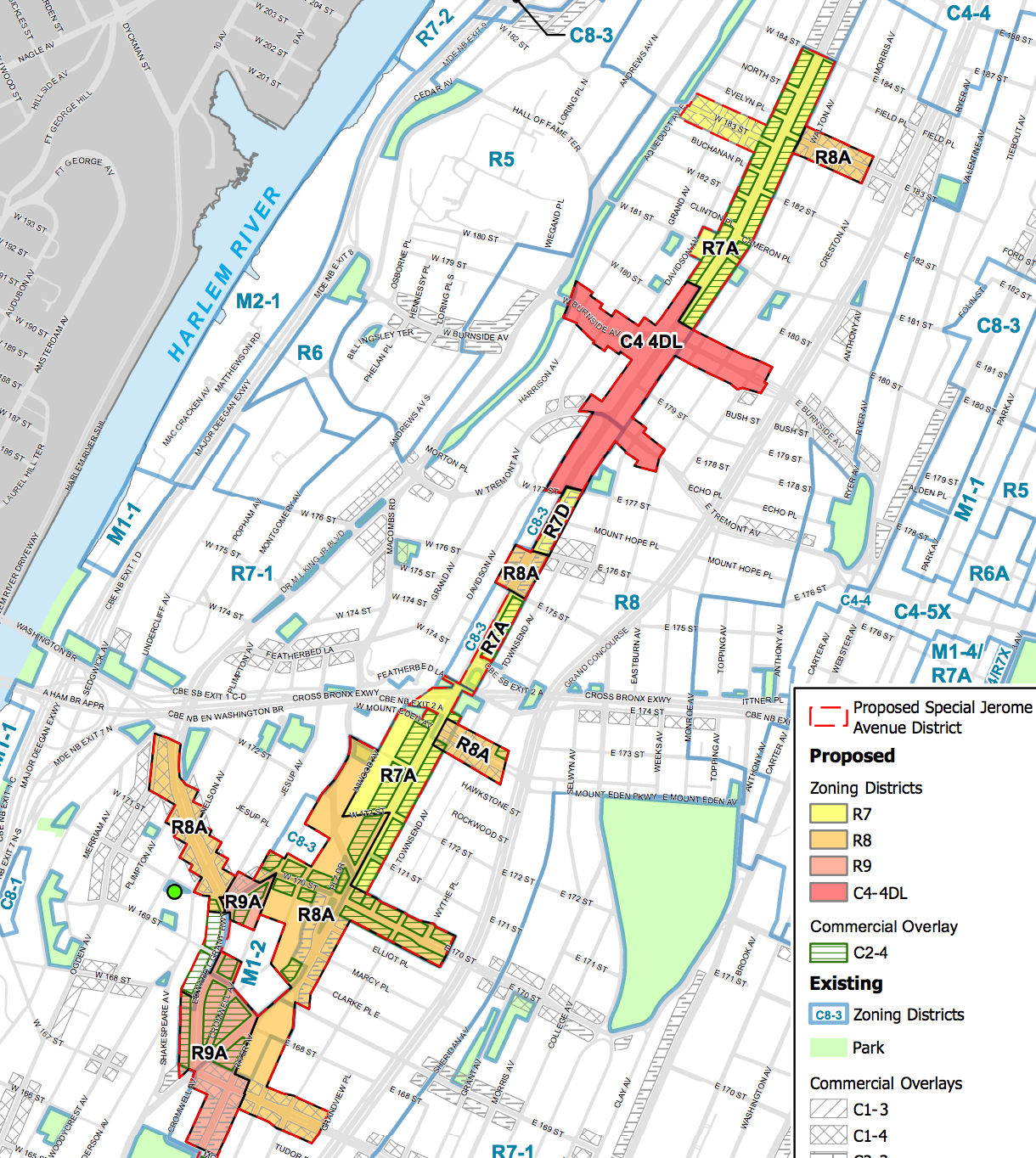
The proposed new zoning for Jerome Avenue, map by DCP
Most of the debate about this rezoning centers around the planned income for affordable housing projects. At last Thursday’s meeting, housing activists from the Bronx Coalition for a Community Vision and Community Action for Safe Apartments (CASA) packed into Bronx Community College’s Gould Library, wearing neon yellow and orange t-shirts and chanting, “Affordable for whom?” and “Whose Bronx? Our Bronx.”
They want the city to require low-income housing that will serve current residents along Jerome Avenue, who earn an average of $25,000 a year. They also demand that the City Council pass Intro. 214, which would provide lawyers for low- and middle-income tenants in housing court. Another item on their list is a city task force that would work to prevent displacement and the disappearance of rent-stabilized housing. And the group advocates for measures that would protect the auto workers on Jerome Avenue, whose shops make up roughly 15 percent of the 500 businesses along the semi-industrial corridor, according to City Planning data.
State Senator Gustavo Rivera, who represents the northern half of the area that’s going to be rezoned, echoed the activists’ views. “It’s necessary that we acknowledge that this displacement is already happening,” he said. “There are many folks who are already speculating and want to change the face of people who live in these neighborhoods. We have to think about the folks who are already living here, the levels of affordability.” He added that the city should consider working more closely with non-profit developers who value keeping housing affordable in the long-term.
Meanwhile, Bronx community boards 4 and 5—which together cover the entire Jerome Avenue corridor—want housing that would serve the middle class. Their proposals call for new development that would mostly house families making 80 percent of the Area Median Income or more. That means a single person earning $50,800 a year, or a family of three who makes $78,336 a year. The boards also asked that the city rezone all of Jerome for mixed-use development, rather than keeping some of the zoning that would protect the auto shops and their workers.
“The strategy to preserve four select areas of these businesses to remain and expand does not support the board’s long-term vision to improve the quality of life in existing neighborhoods,” said Bronx community board 4 chair Kathleen Saunders. She noted that rezonings in neighboring parts of the Bronx, like East Fordham Road and Tremont, hadn’t pushed out many auto shops.
The pair of community boards hopes that the city’s Department of Small Business Services will create a city-funded transition plan to relocate the auto shops and offer language and job training for their mostly Spanish-speaking workers. “Many of the auto workers were not equipped with language, education, or technical skills necessary to earn a living wage,” said Saunders.
Speakers from across the ideological spectrum demanded that the city install elevators along the elevated 4 train, because none of the stations on Jerome Avenue between 138th and 167th Streets have elevators.
The Department of City Planning is taking written comments on the Jerome Avenue scoping until October 10th at 5 p.m. They can be mailed to the Environmental Assessment and Review Division, New York City Department of City Planning, 120 Broadway, 31st Floor, New York, New York 10271-3100; or emailed to Robert Dobruskin, Director at RDOBRUS@planning.nyc.gov.
Subscribe to the YIMBY newsletter for weekly updates on New York’s top projects
Subscribe to YIMBY’s daily e-mail
Follow YIMBYgram for real-time photo updates
Like YIMBY on Facebook
Follow YIMBY’s Twitter for the latest in YIMBYnews

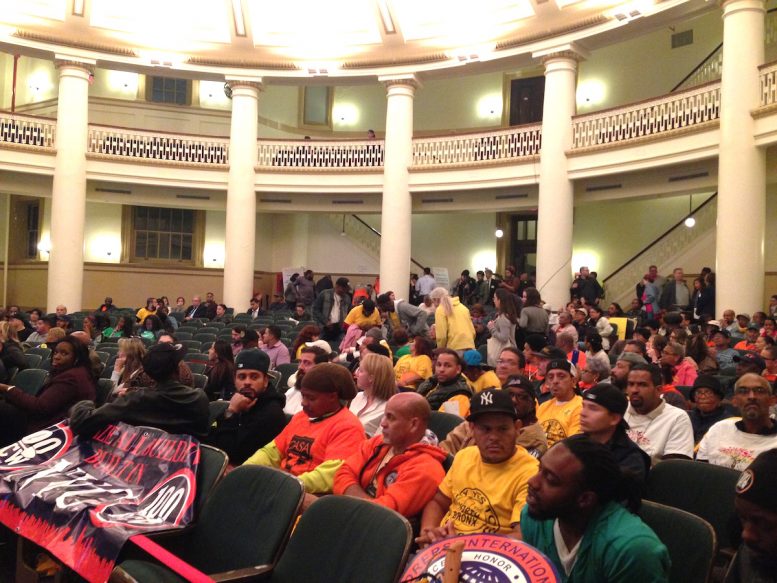
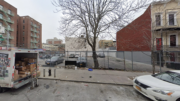
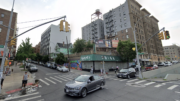
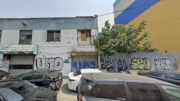
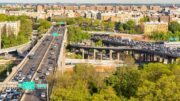
How are you crowd?..I want to sit down with them and listen in the meeting room. (^_^)
I was there. It was a very spirited meeting. I was there for 5 hours.
Understand locals desire for low rent apartments but land and labor costs are high all over the city. No developer can make a profit anymore building lower income only units.
Correct. And the fact is that when you only have poor people in an area it never is healthy because landlords can’t afford upkeep and stores don’t want to locate there because they can’t make money. So everyone suffers – including the poor people who are “stuck” there.
Also middle-class people don’t want to live next door to poor people. That’s just a cold fact that no one will say out loud.
The housing should serve the middle class and those auto shops need to go.
Agreed. That area needs more middle class. The Bronx has the lowest percentage of middle class of any borough. It’s been that way since the early 70’s and it’s not good.
Also agreed about the auto shops. How ironic that all those auto shops exist under a subway line. That’s crazy. I have relatives who have auto shops. But they have their shops in more appropriate areas.
The auto shops aren’t attractive but they employ many locals.
Something will be done about that we need more middle class people
Just remember, that the wealthy have pitted the classes against each other, ever since they (the wealthy) discovered how affective it is at controlling us. DON’T BELIEVE THE HYPE! Housing to accommodate the various income levels of the community could be built, if it were a priority. When the only interest of developers is to make a HUGE profit, we become pawns in their game of Monopoly. DON’T PLAY THEIR GAME, we’ll never win! Let’s devise our own.
Do you know a cheap way to build apartment buildings (or homes) in NYC? It hasn’t been possible since the early 1960s.
The neighborhoods surrounding Jerome Avenue have some of the highest population densities in NYC. Moreover, the 4 train is over 100% capacity. Why are we even discussing shoehorning more people into this neighborhood when there are more appropriate development locations? Is the best place to build in all of NYC in a valley adjacent to an el train. Note that there is ZERO additional parkland being allocated for the 10,000 new residents.
I live near this area and while I do utilize the auto shops from time to time, this area can definitely benefit from gentrification (to a limit. People have to understand that some change is good and not all development is bad. If we leave things as the status quo it will never improve. I think the solution is to find a balance between the auto shops and new mixed use development, Jerome Ave desperately needs. To anyone that disagrees with that, I advise you take a walk down Jerome Ave (along the zoned areas) and voice your opinion. MichaelJDawkins.BlogSpot.com